Got an awkward shaded corner in your garden or yard where not much grows? I know I do. Trying to put sun-loving plants in a shaded or partially shaded spot will generally result in a headache, and a waste of money and time. As the RHS say, “Right plant, right place” This is such a simple phrase, but it works so well if you apply it when thinking about your garden, and planning what you plant.
So here is a quick list of 10 shade-loving plants and flowers, many of which are evergreen, native and pollinators love too!
Plantain Lily (Hosta)
Hostas are a fairly low lying evergreen plant with large leaves and a beautiful little bloom in the Summer. There are many different kinds of hosta with beautiful varying leaf patterns and shades of green. You can group different varieties together for a stunning evergreen display with various colours and patterns. Hostas are also generally happy in pots or borders.
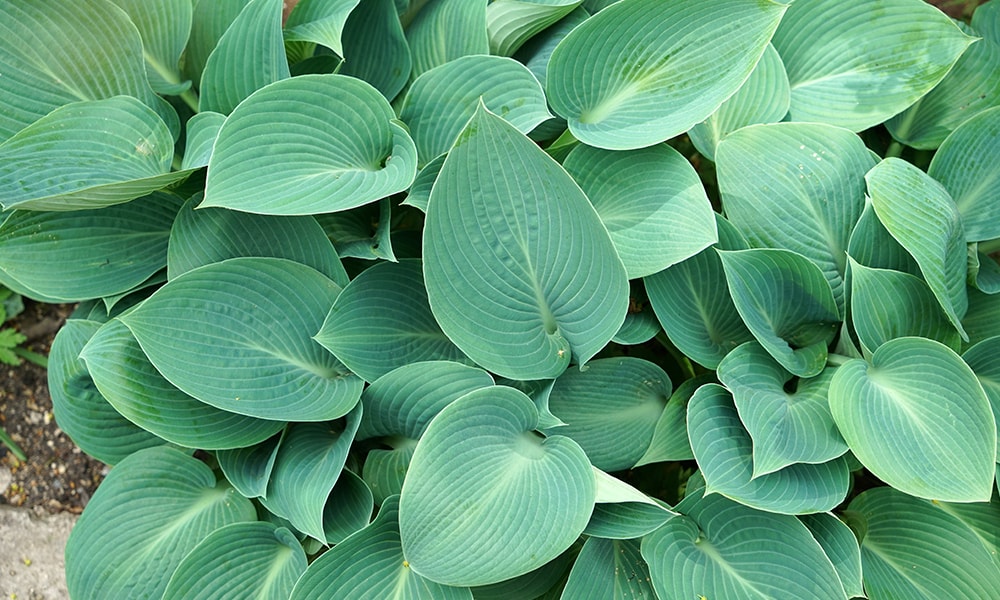
False goatsbeard (Astilbe)
I love the fluffy flowers of a False Goatsbeard, such an unusual bloom that pops up each Spring. They’re very happy in the shade, with moist soil, or even clay soil, and bloom in a variety of pinks and reds. They work well in pots or in borders as long as they don’t get too dry.
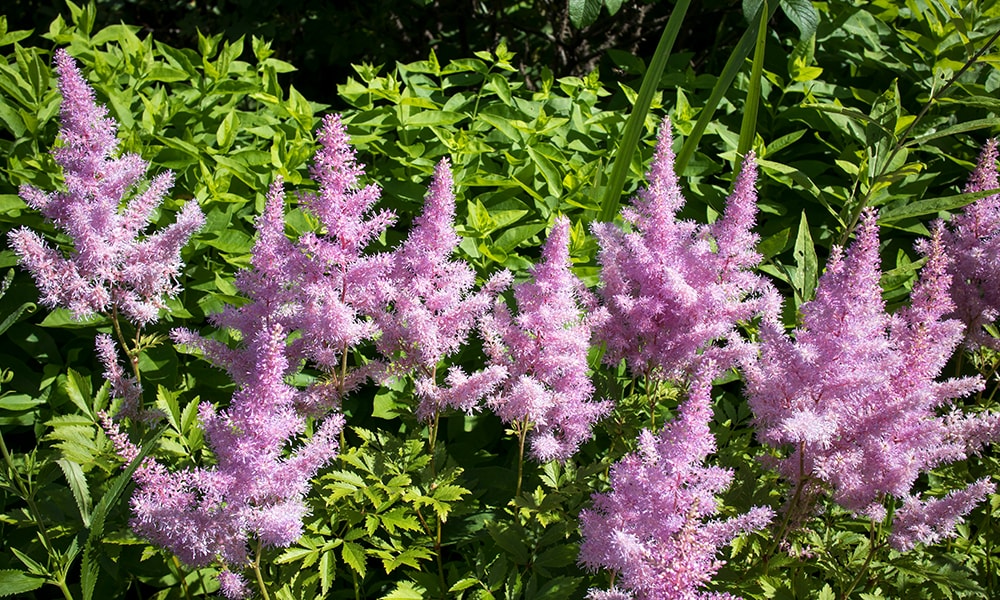
Coralbell (Heuchera)
Coralbells are a fairly small low lying plant with tall thin blooms that pop out amongst the leaves in Summer. They have a beautiful variety of leaf colours, all kinds of reds and rust colours. Again, you can plan a few together to have a lovely mixed display. You can propagate by division in Autumn.
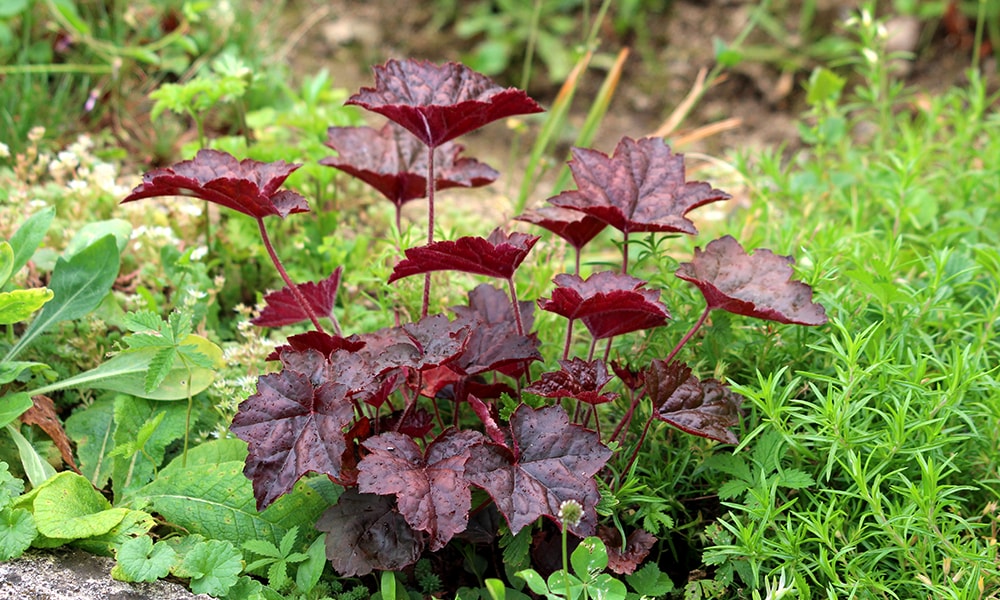
Lungwort (Pulmonaria Officinalis)
Despite the weird name, Lungwort is a charming little native woodland plant with pinky purply flowers, suitable for a bit of ground cover and well-loved by pollinators. You can also propagate by dividing in Autumn or after flowering.
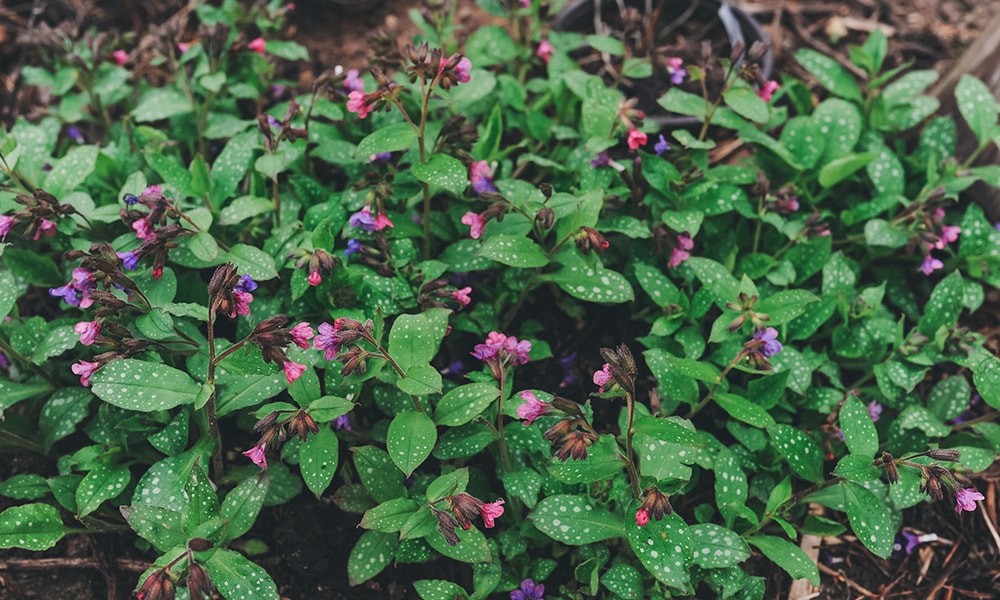
Hellebore
Hellebores are lovely flowers that like dry partial shade and moist soil. And they’re often winter flowering, so they’re a great source of nectar for early Spring. Just don’t pick double blooms, as they’re often very difficult for bees to access the pollen.
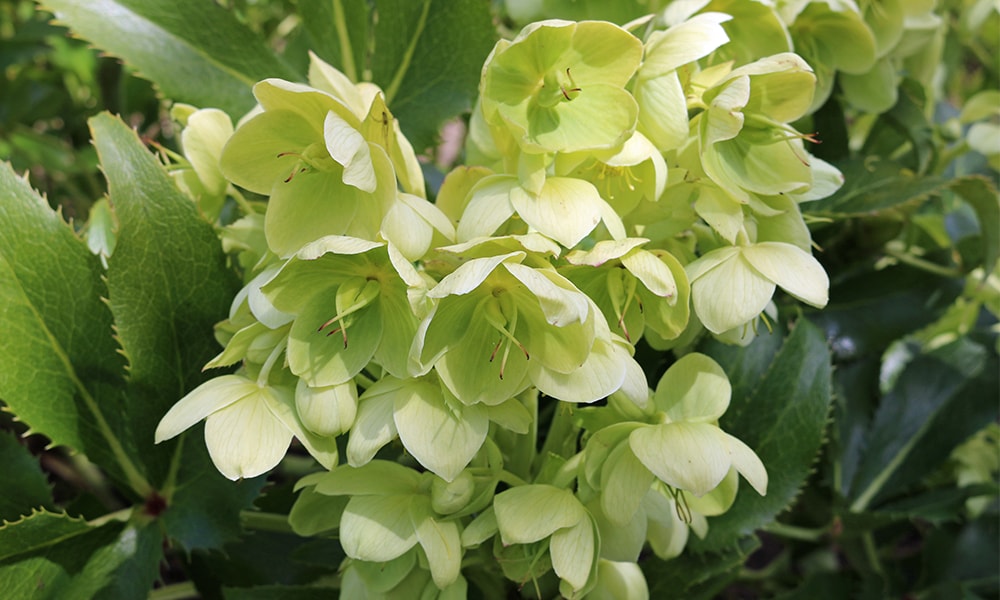
Foxglove (Digitalis purpurea)
Foxgloves are native woodland flowers that are also beautiful in our gardens towards the back of a shady border, adding colourful height. They are very cheap to grow from seed, with many varieties of flower colours, and they’re great for pollinators.
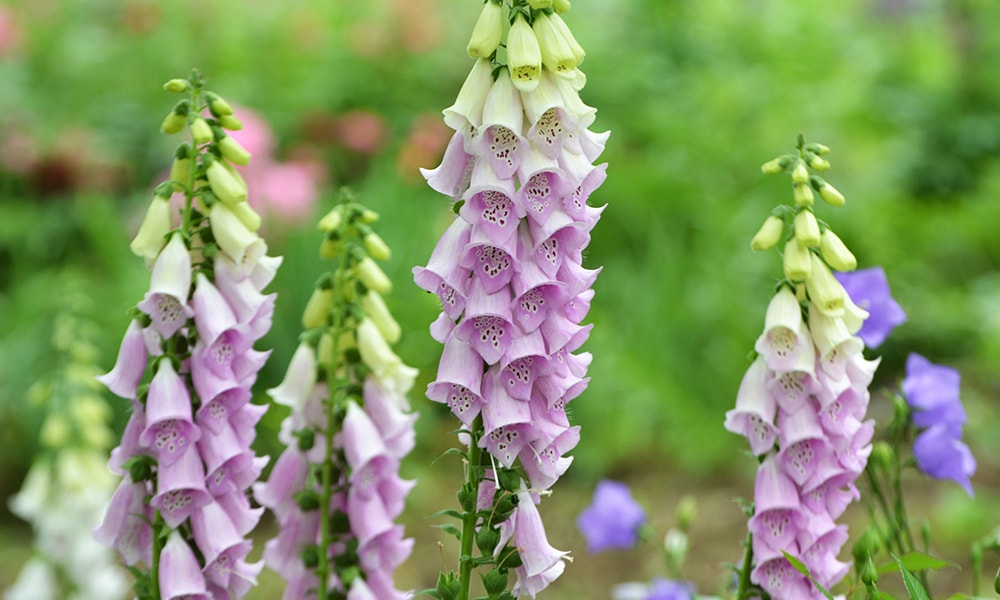
Male Fern (Dryopteris filix-mas)
Ferns are great for filling up a shady corner. And there are a few different varieties to pick from; male fern is great – watch out for the 3 metre tree fern! I love watching them unfurl and grow in Spring. You can also split and divide in Spring to share with neighbours or plant in another spot; I just split mine into 3.
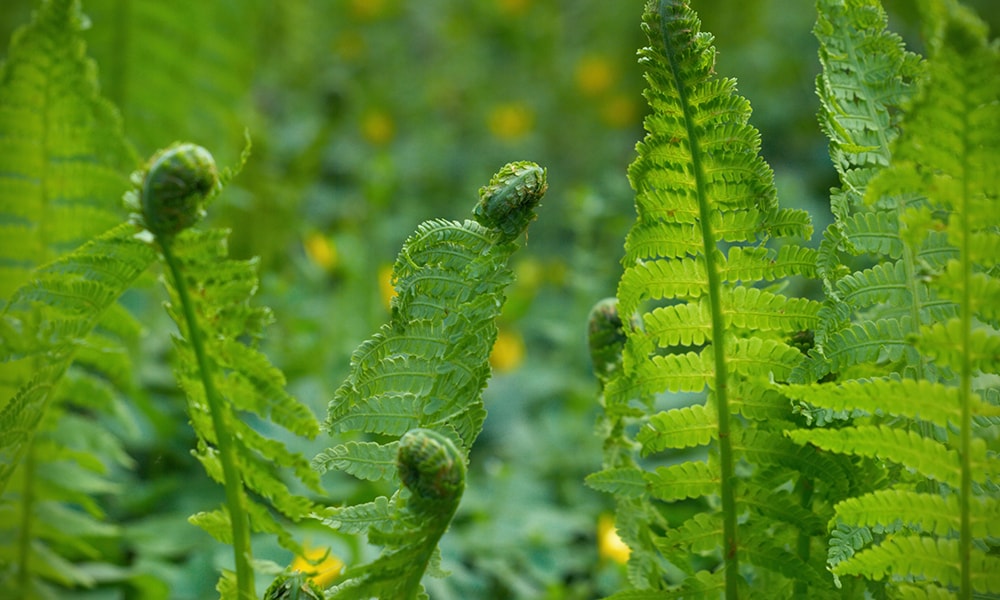
Skimmia(Skimmia japonica ')
Skimmia is a beautiful evergreen bush. It doesn’t get too giant so they’re generally happy in a shady corner, in the ground or large pot, without too much exposure to wind. Skimmia Rubellas have red buds in the winter, and bees love their beautiful smelling white blooms in the Spring! Skimmia Rubella ‘Kew Green’ are really lovely ones!
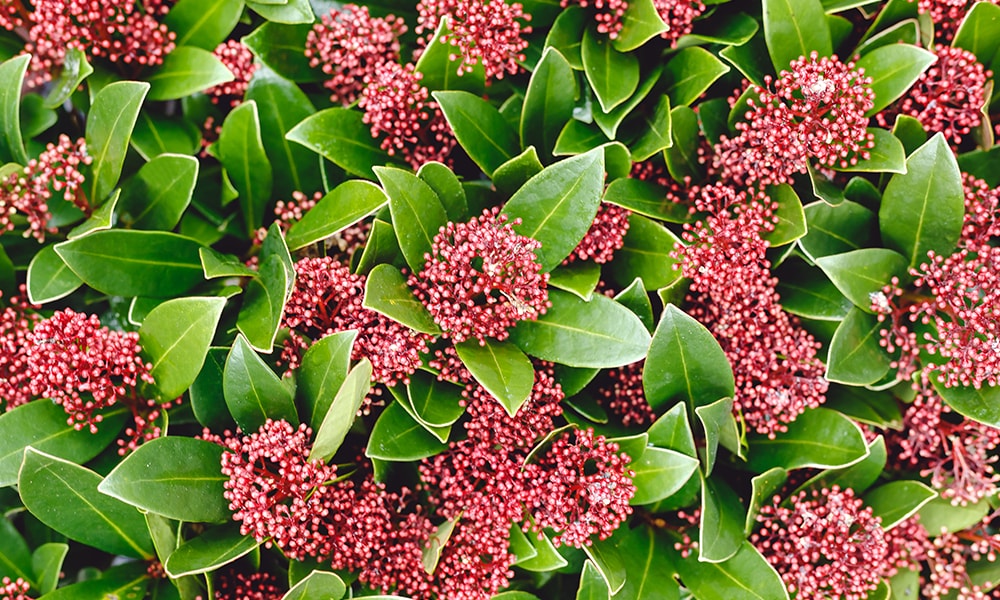
Ivy (Hedera helix)
Ivy is a wonderful self-clinging climber for shade. You need to keep on top of it, but it’s beautiful for covering any unsightly surfaces and is loved by pollinators in the winter. They’re pretty resilient and will grow in most soils, and are very happy in shade. A few nice varieties are Goldheart and Little Diamond

Camellia (Camellia japonica)
Camelias bloom early in the year with lovely large (usually reddy / pink) flowers amongst the dark glossy evergreen leaves. They are very happy in a shaded spot, that’s not too exposed to the elements. They also work well in large containers, if you’ve no ground space. They can get quite tall and wide so do check you’ve got the space.
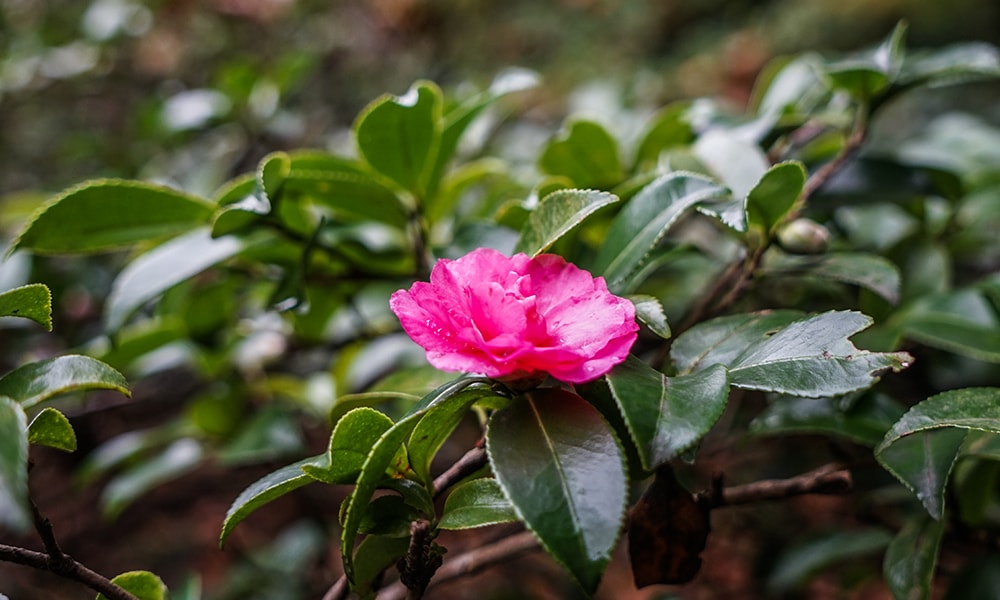
Do you have any of these in you garden? or any other shady wonders? We’d love to see them! get in touch on either our Facebook page, Instagram, or email

[…] more here […]